Nitre Goosefoot
Display all 18 images
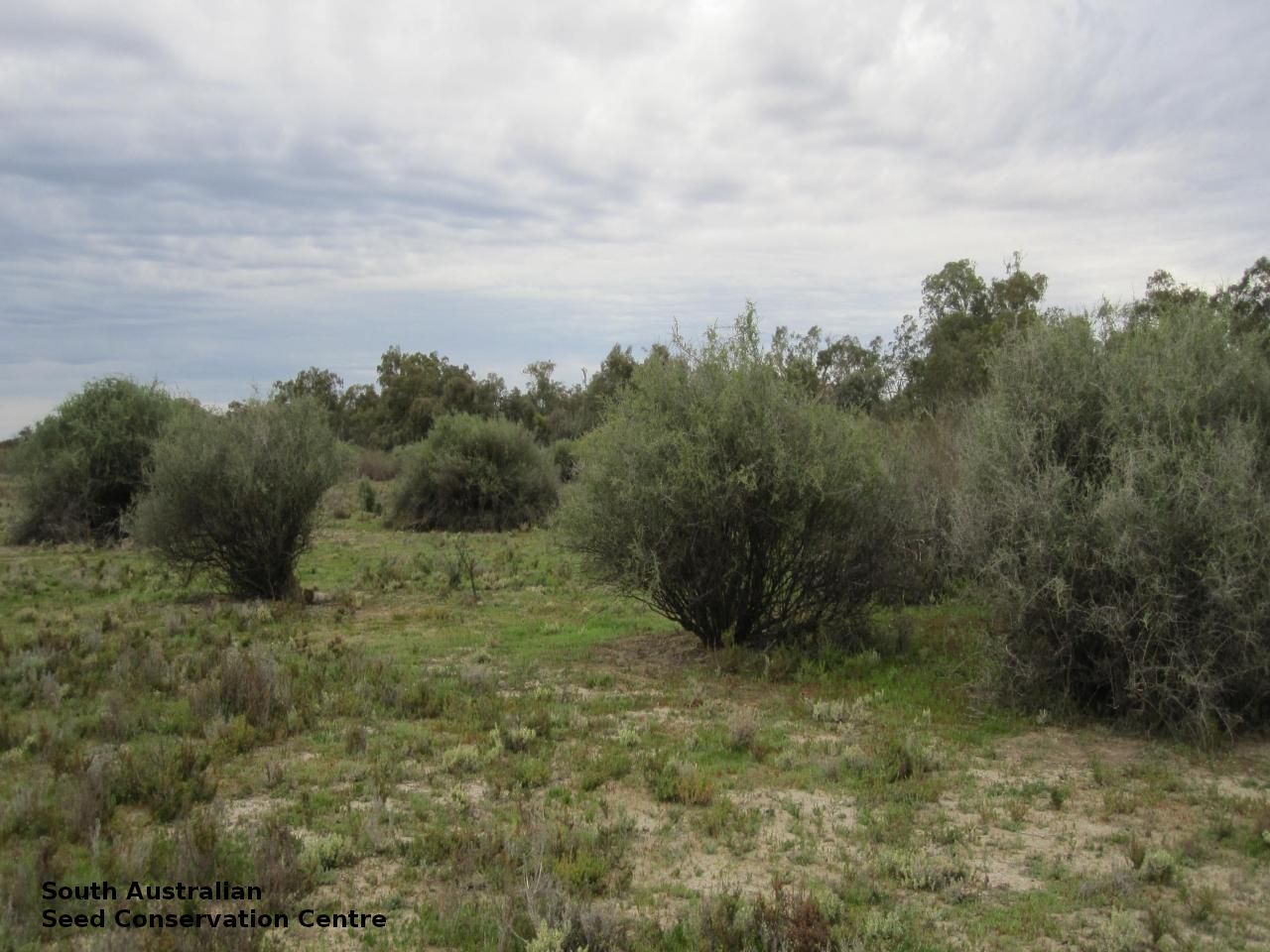
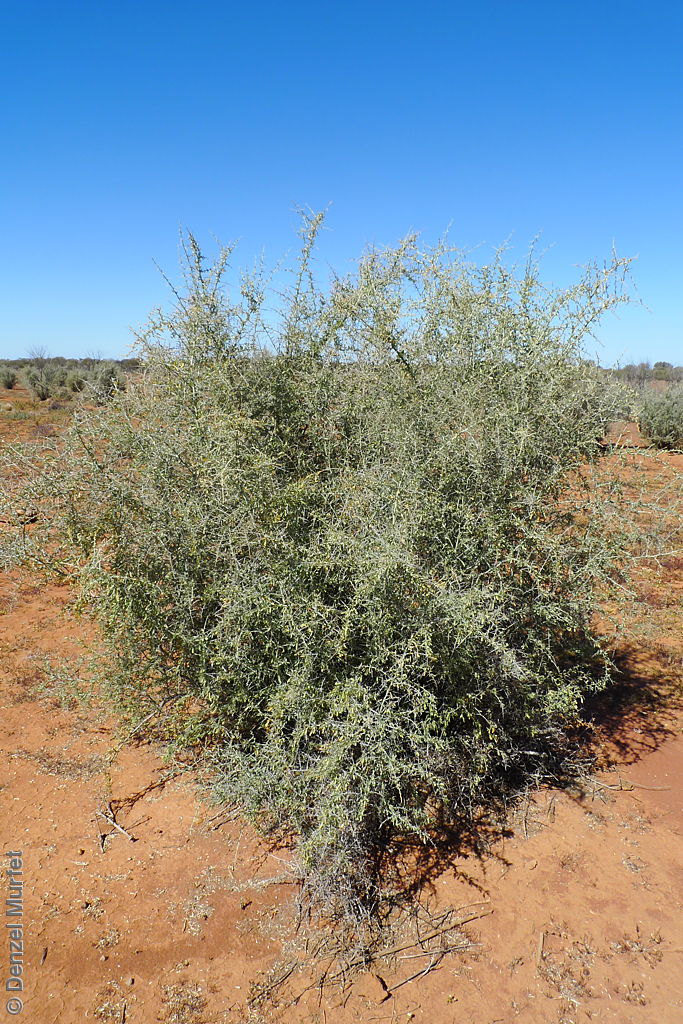
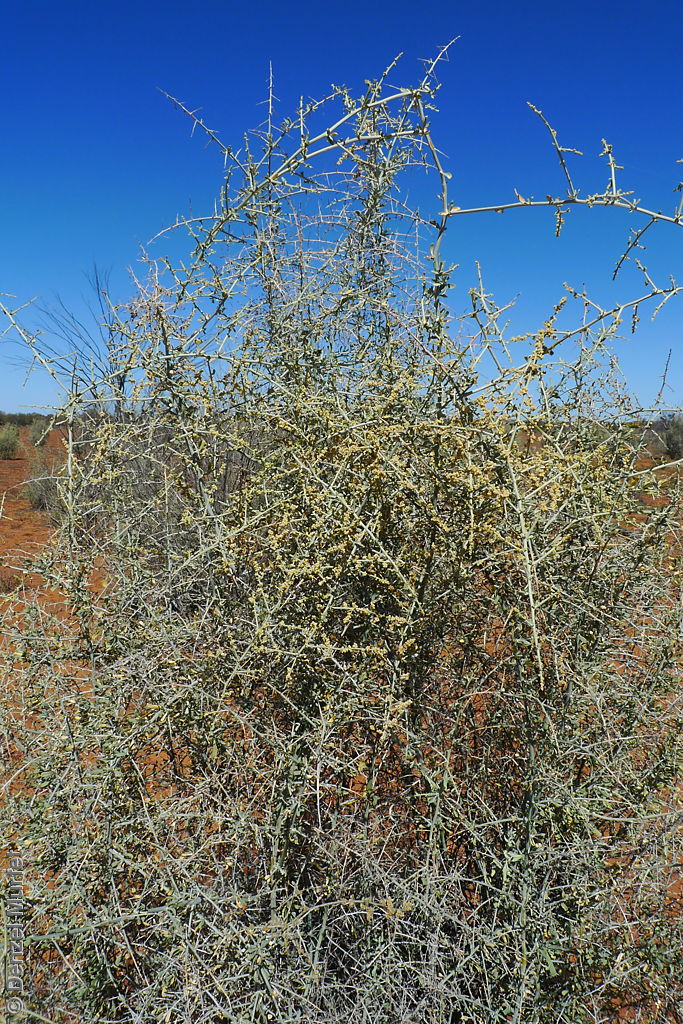
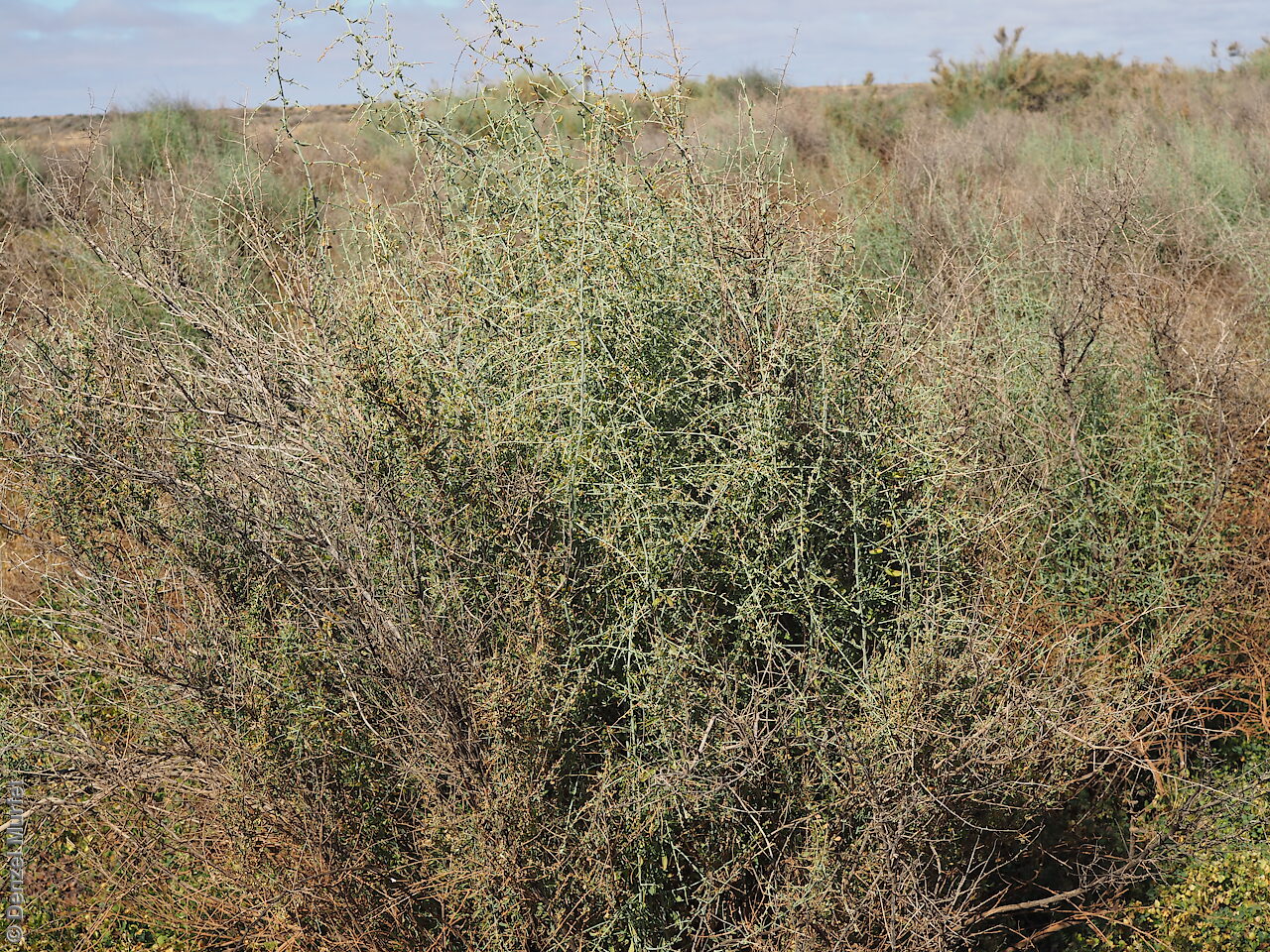
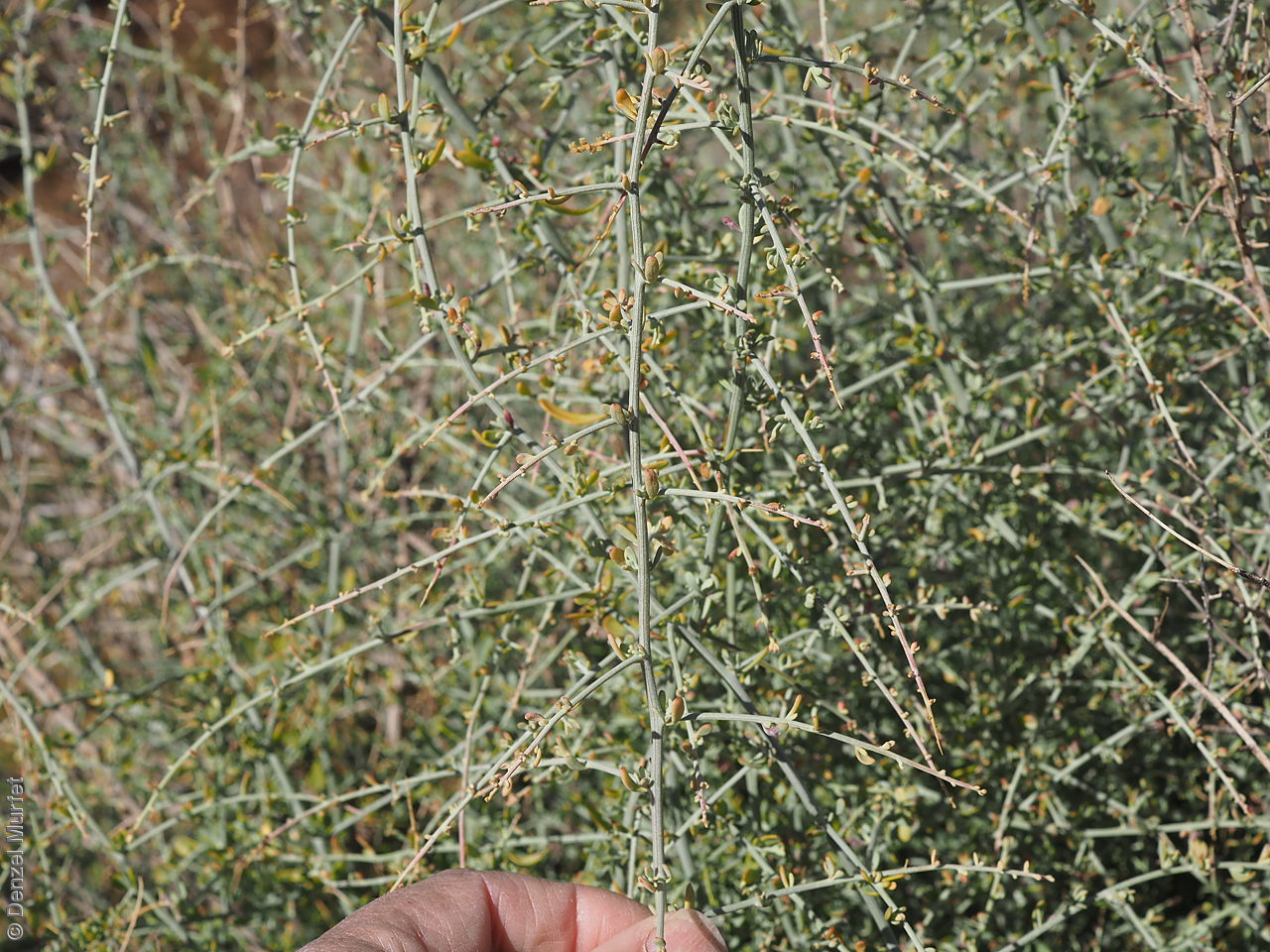
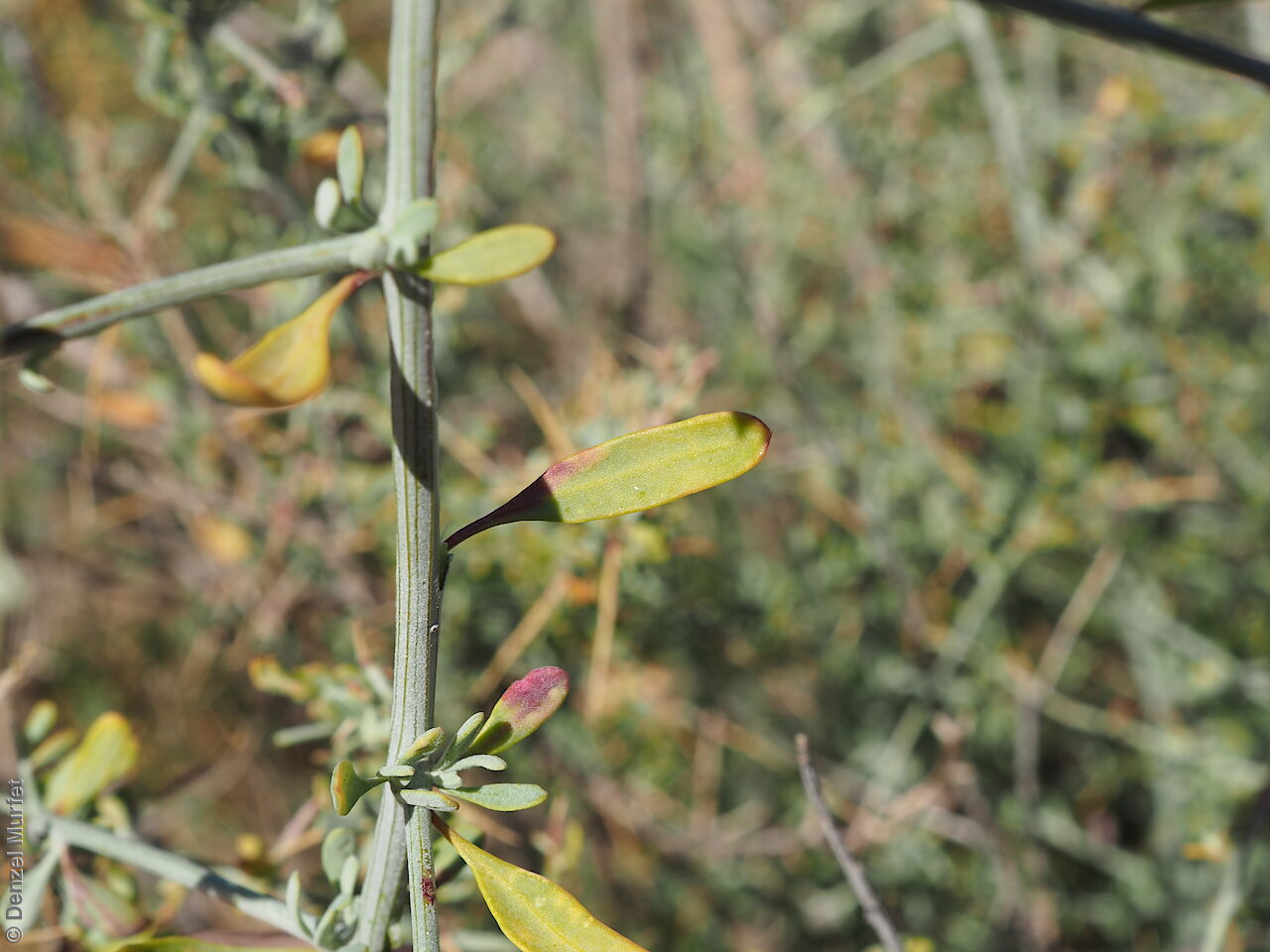
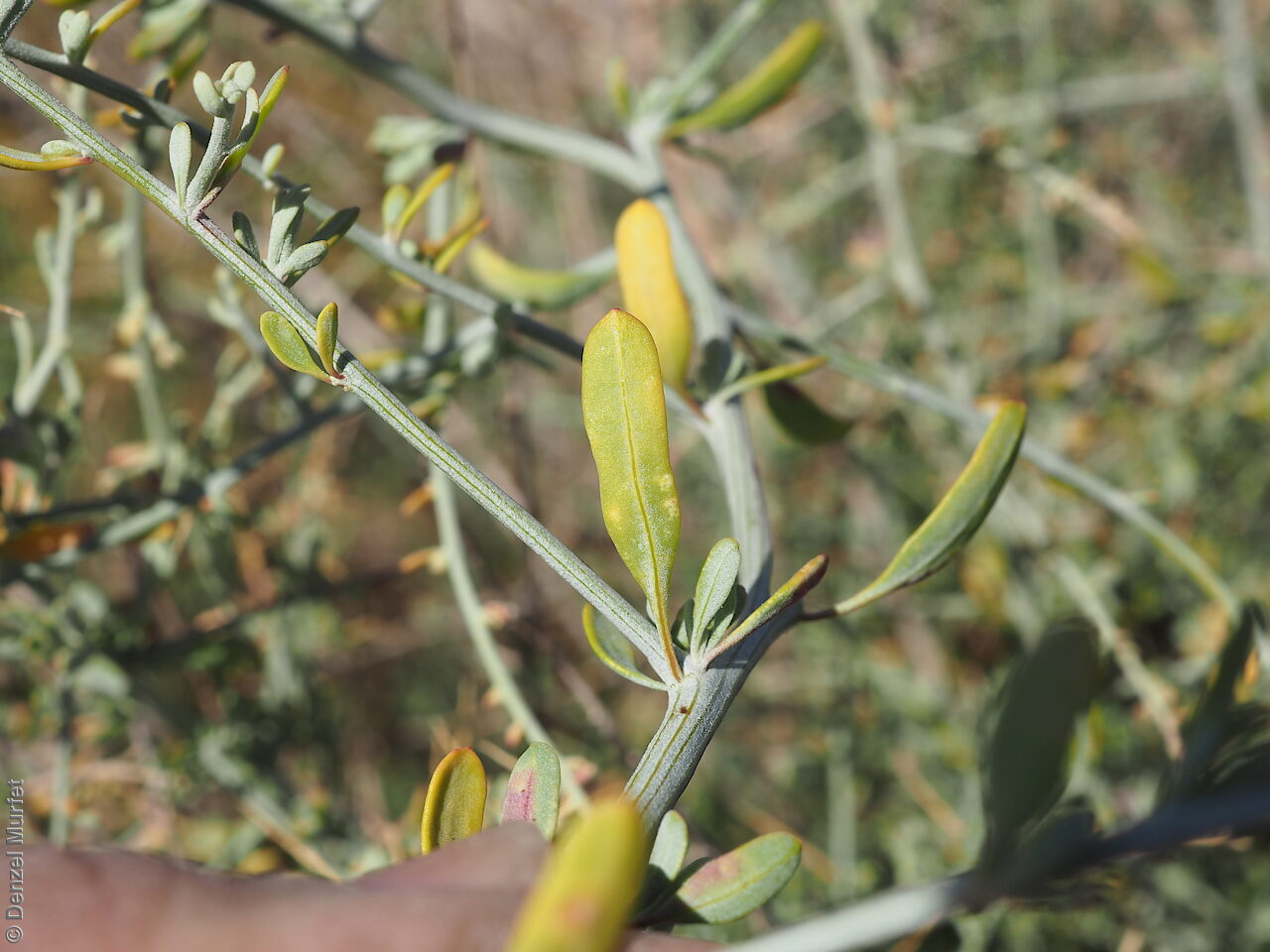
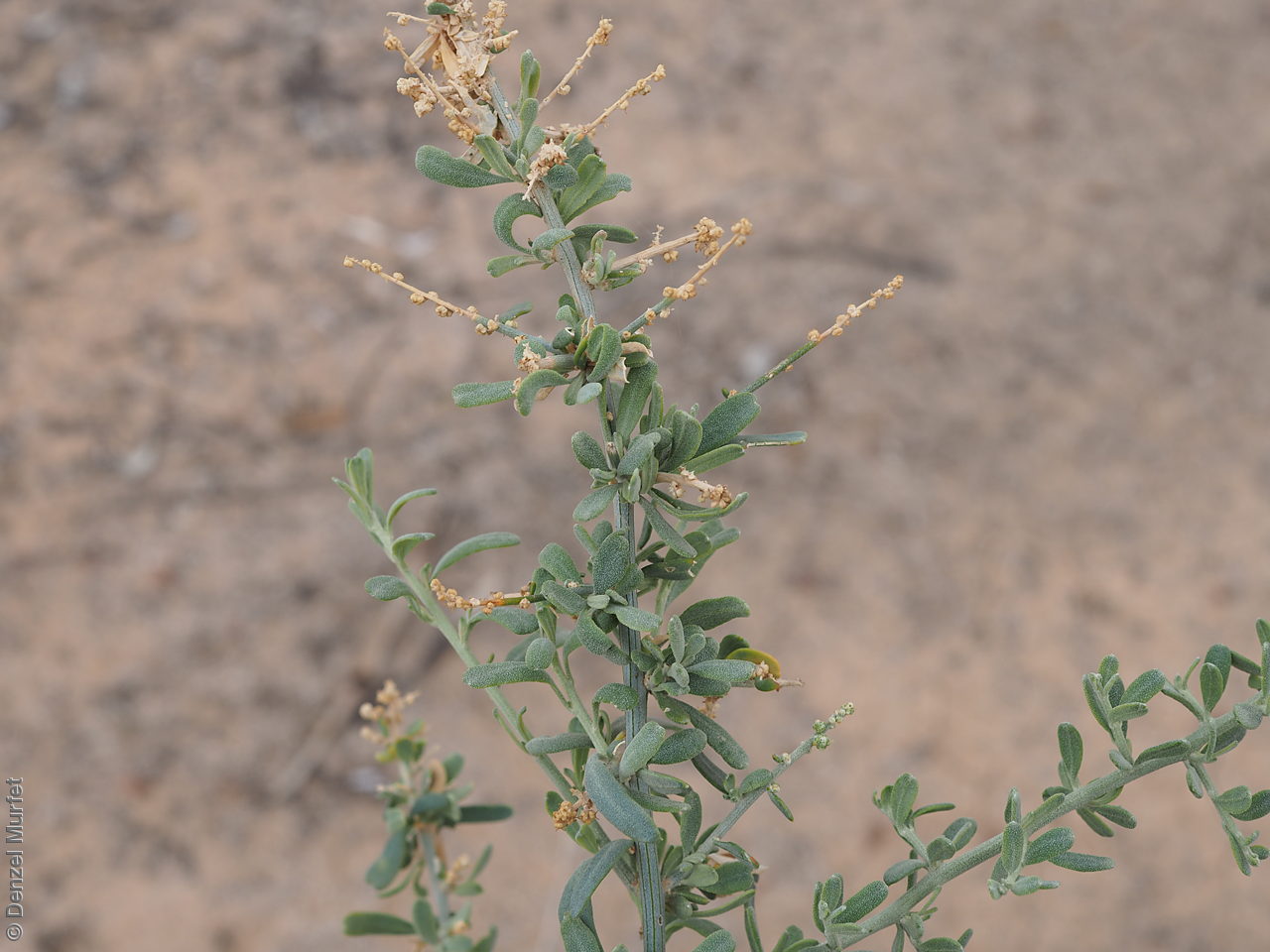
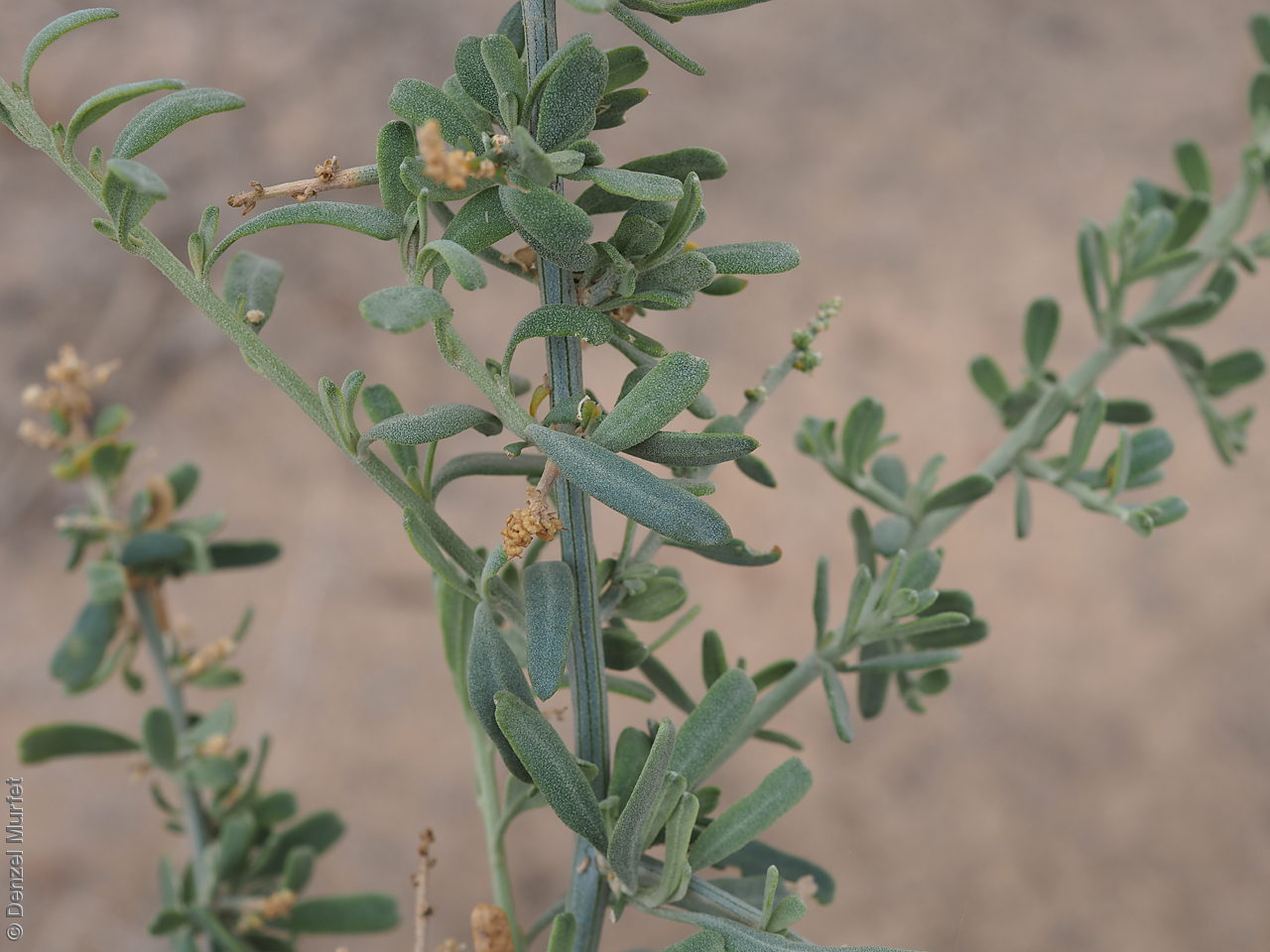
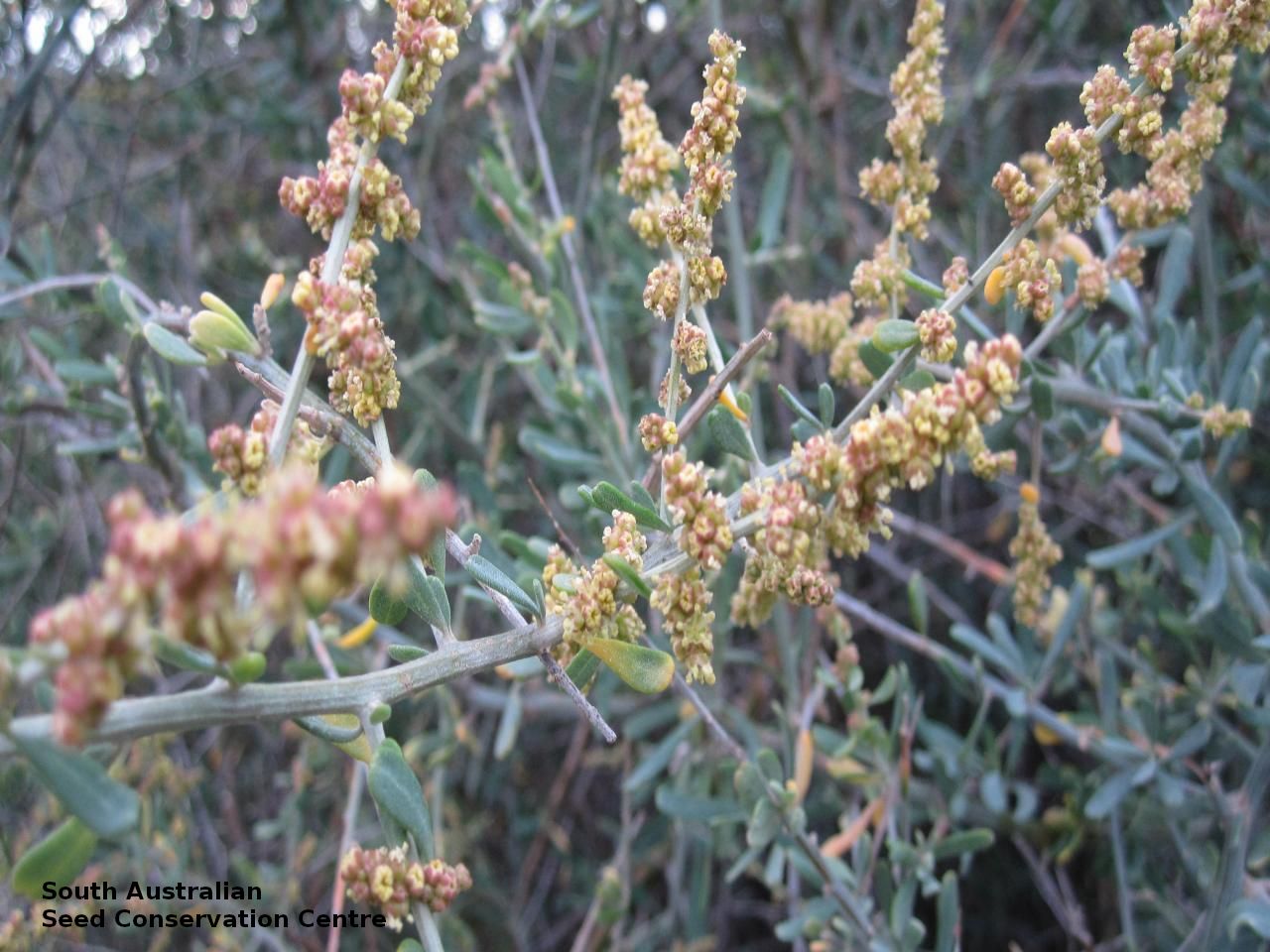
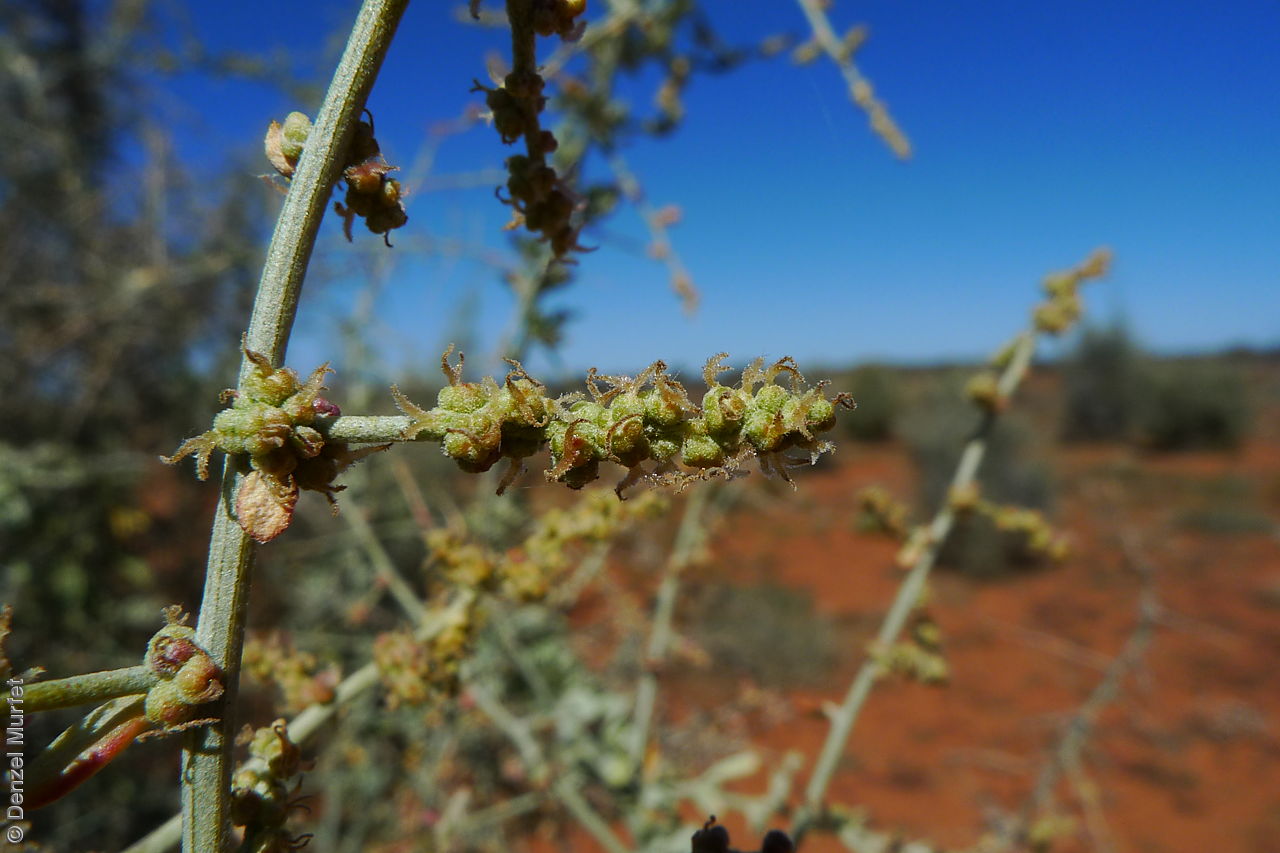
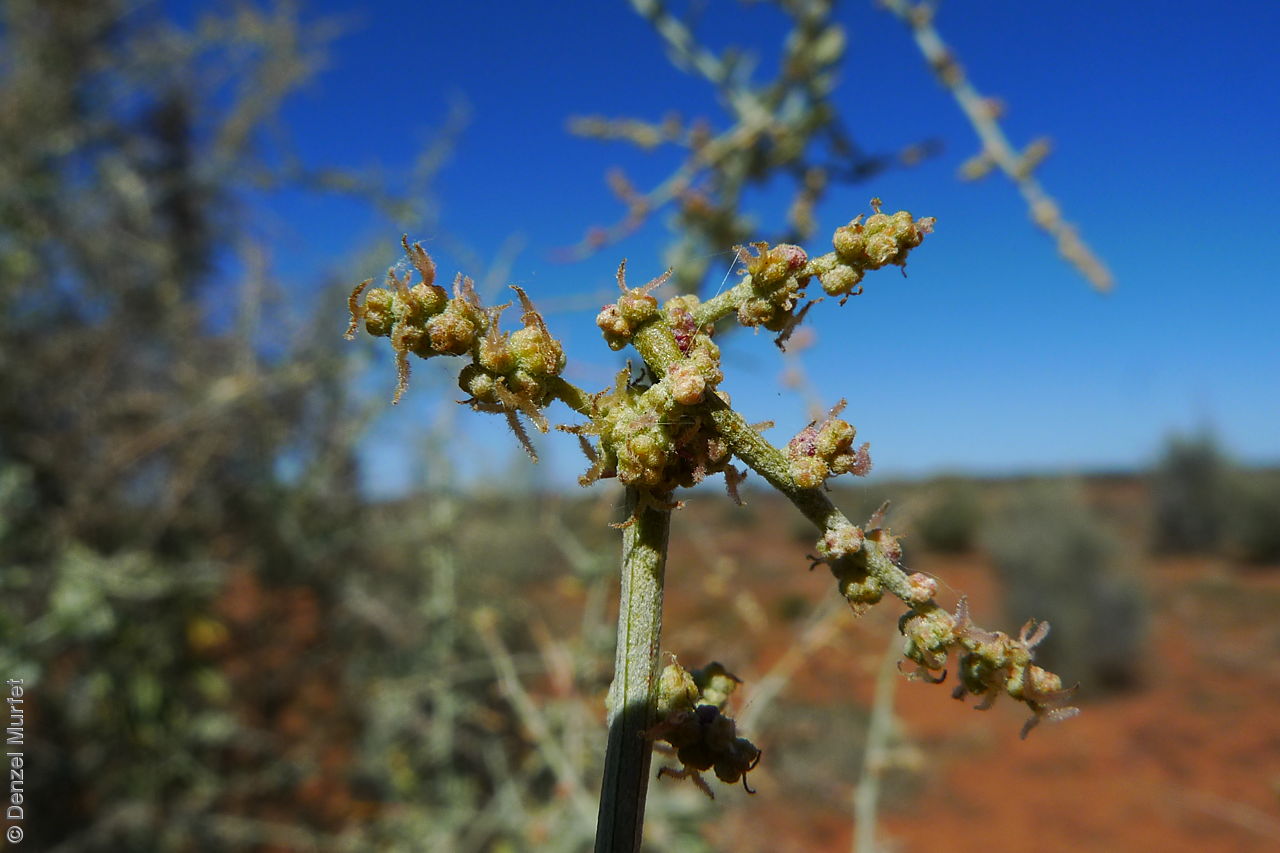
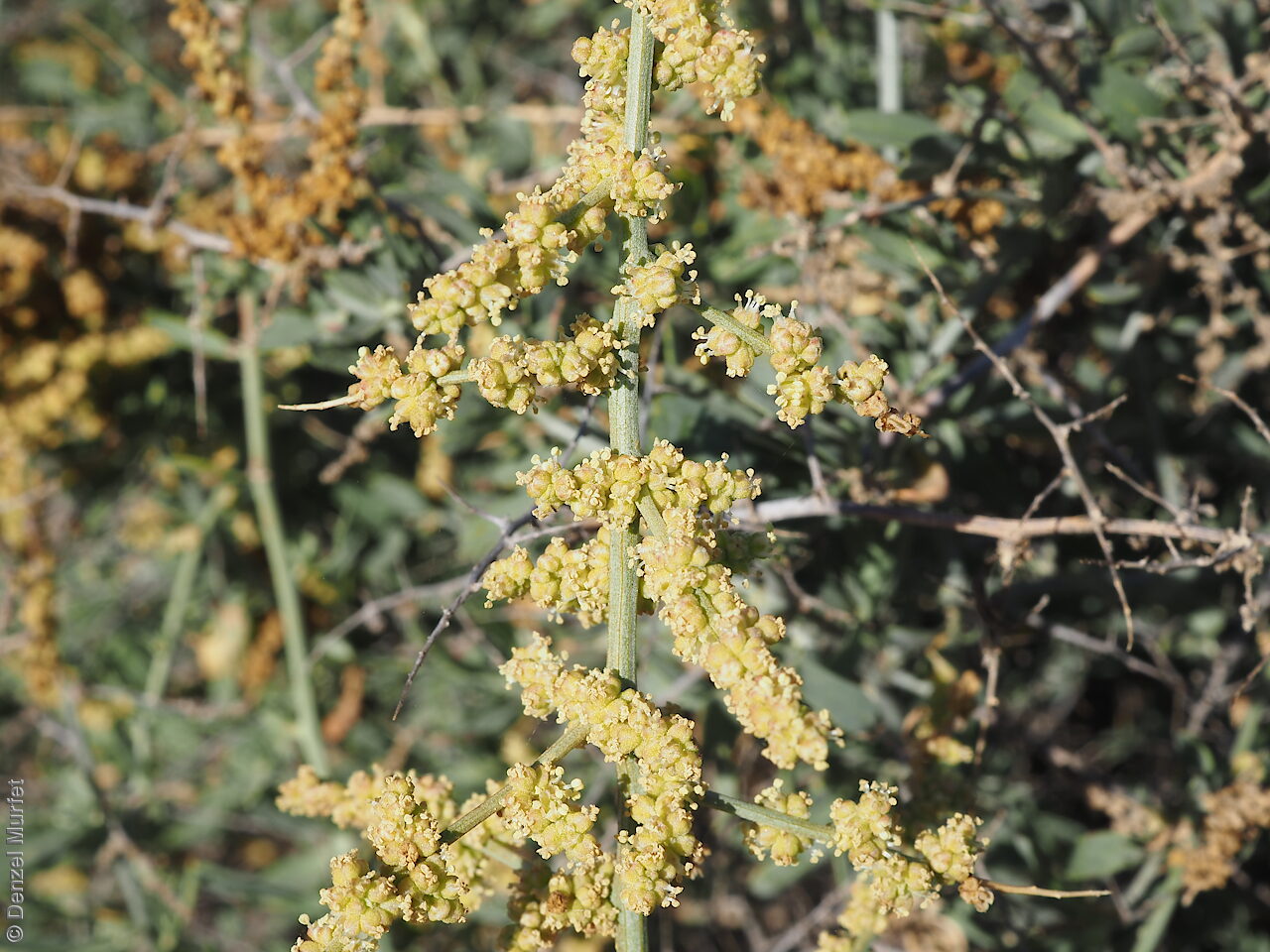
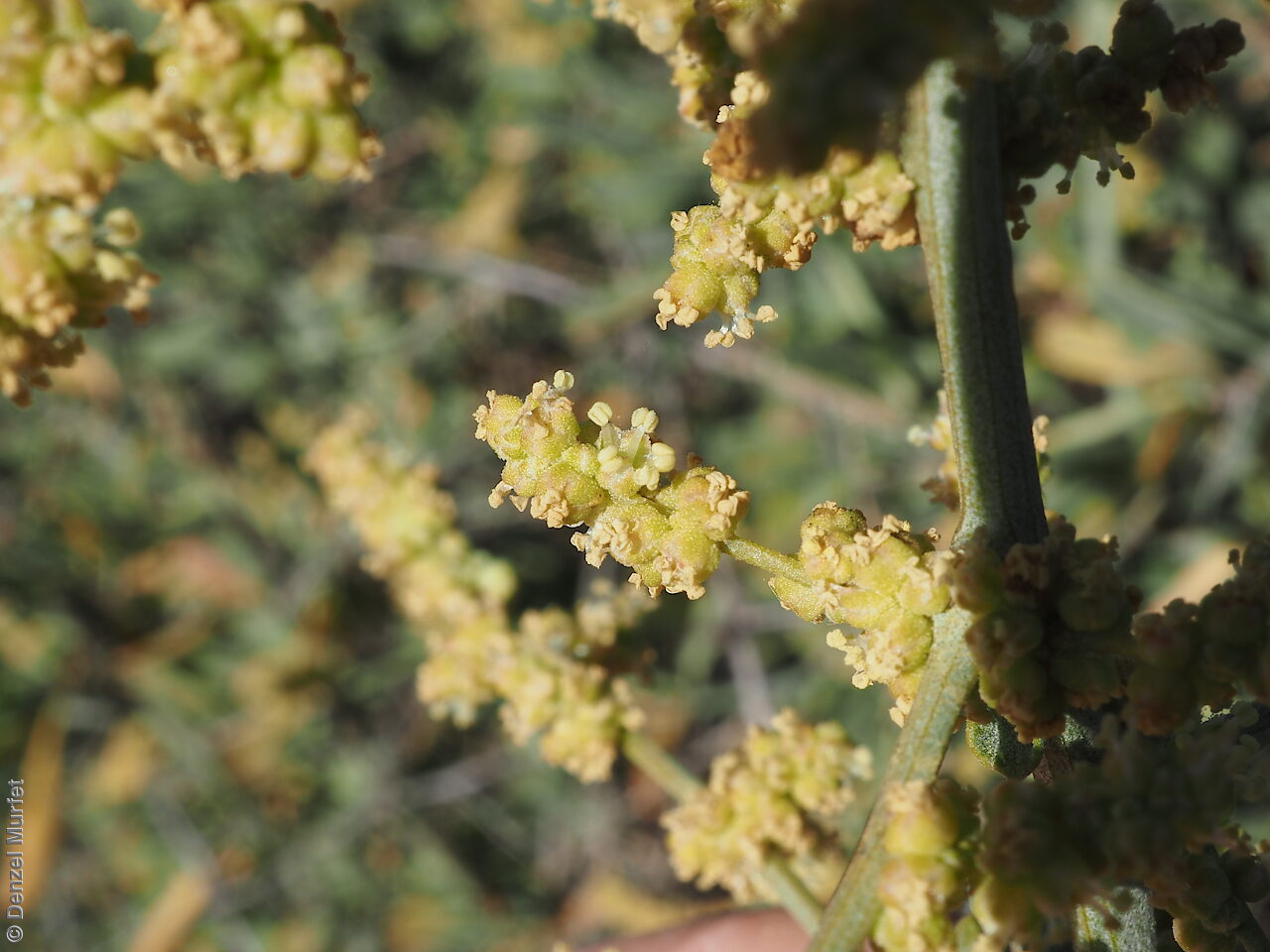
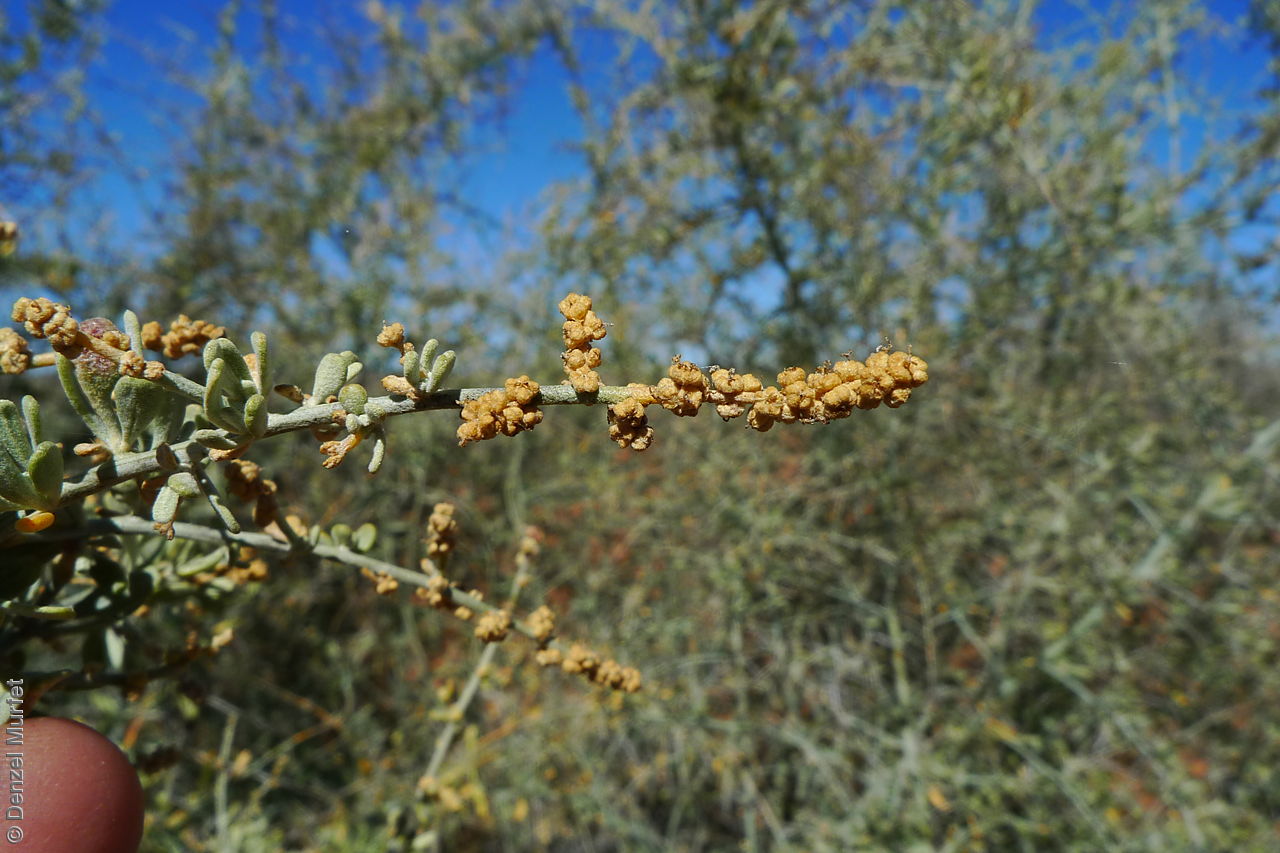
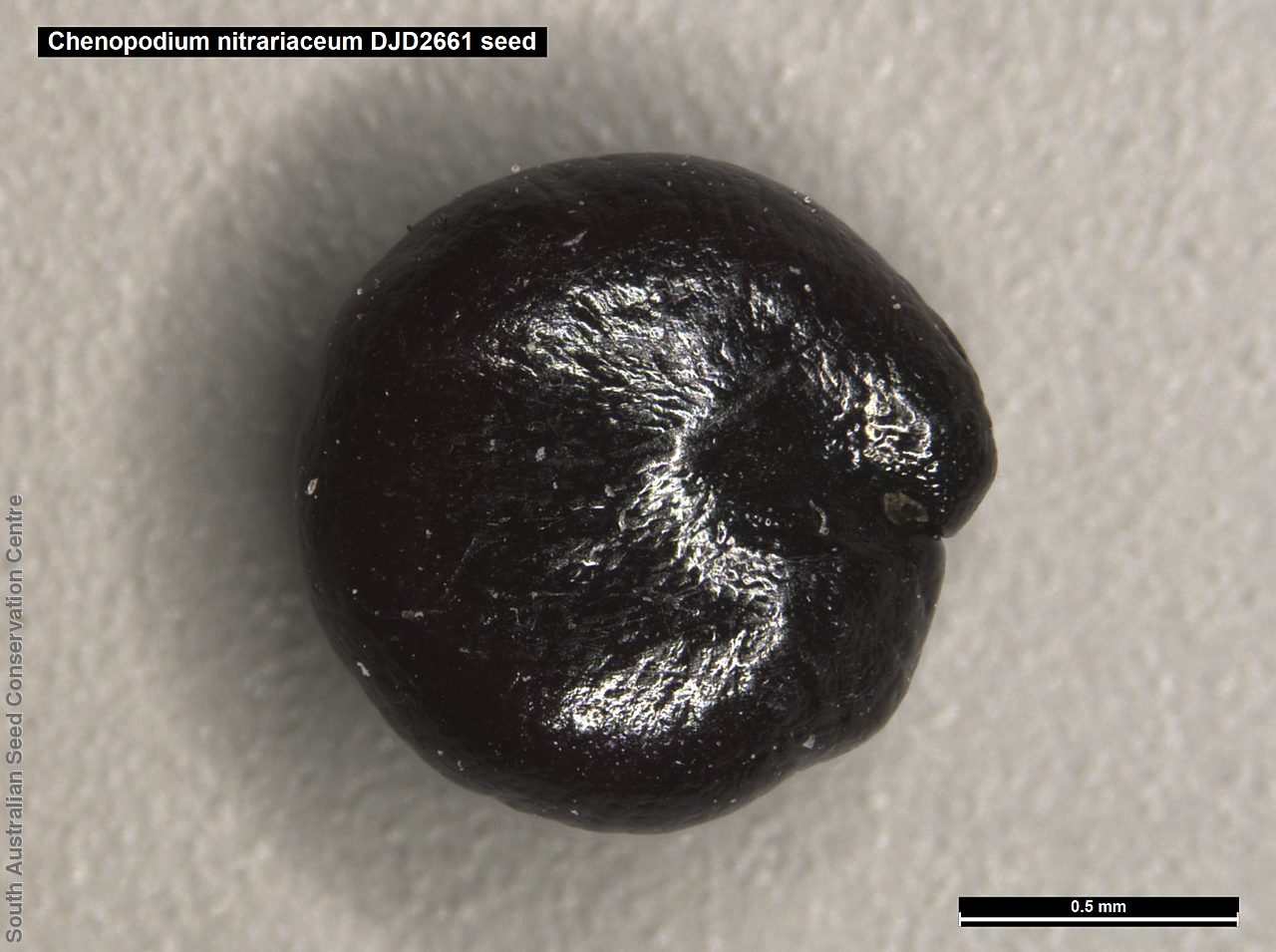
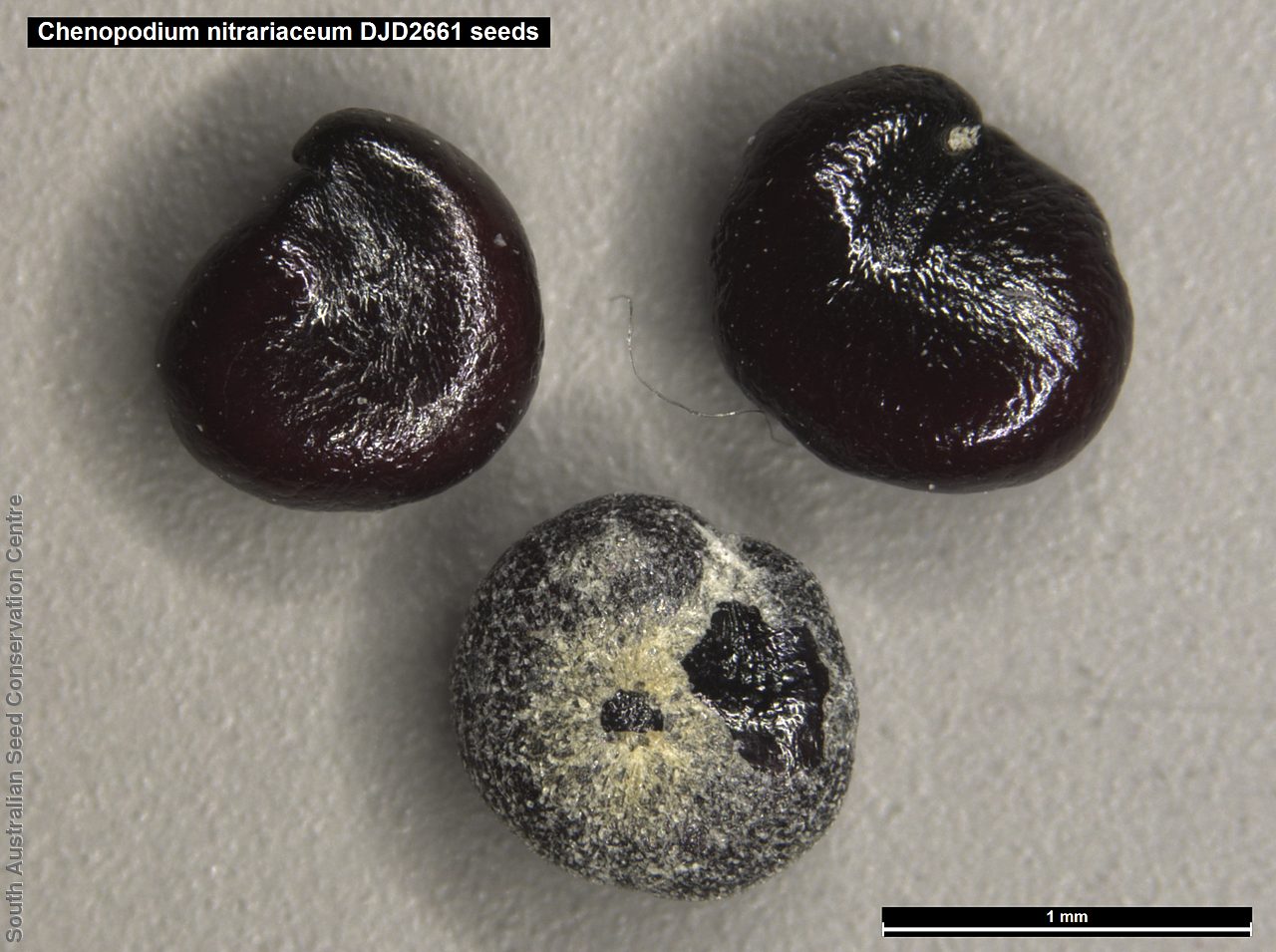
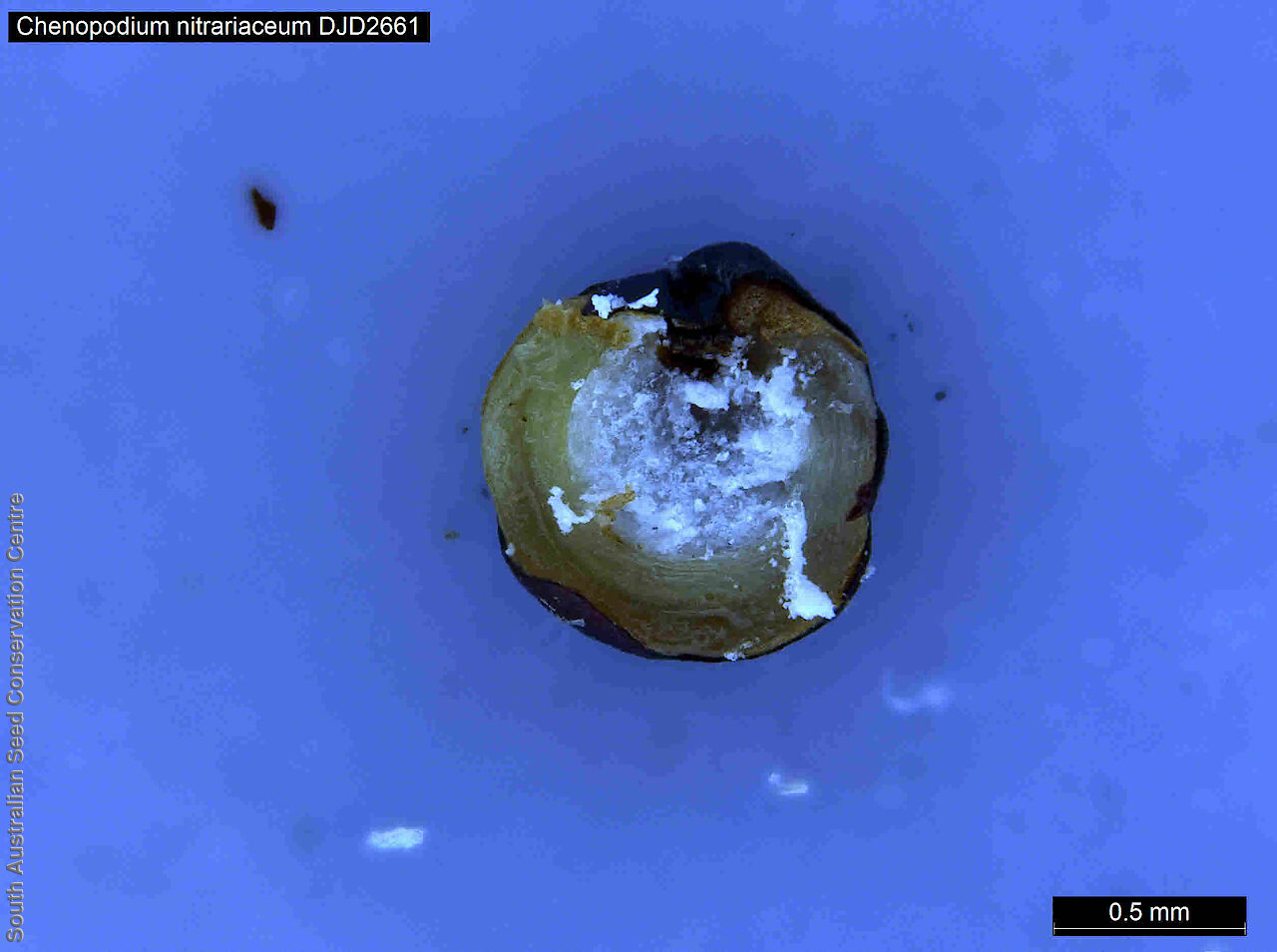
Regional Species Conservation Assessments per IBRA subregion.

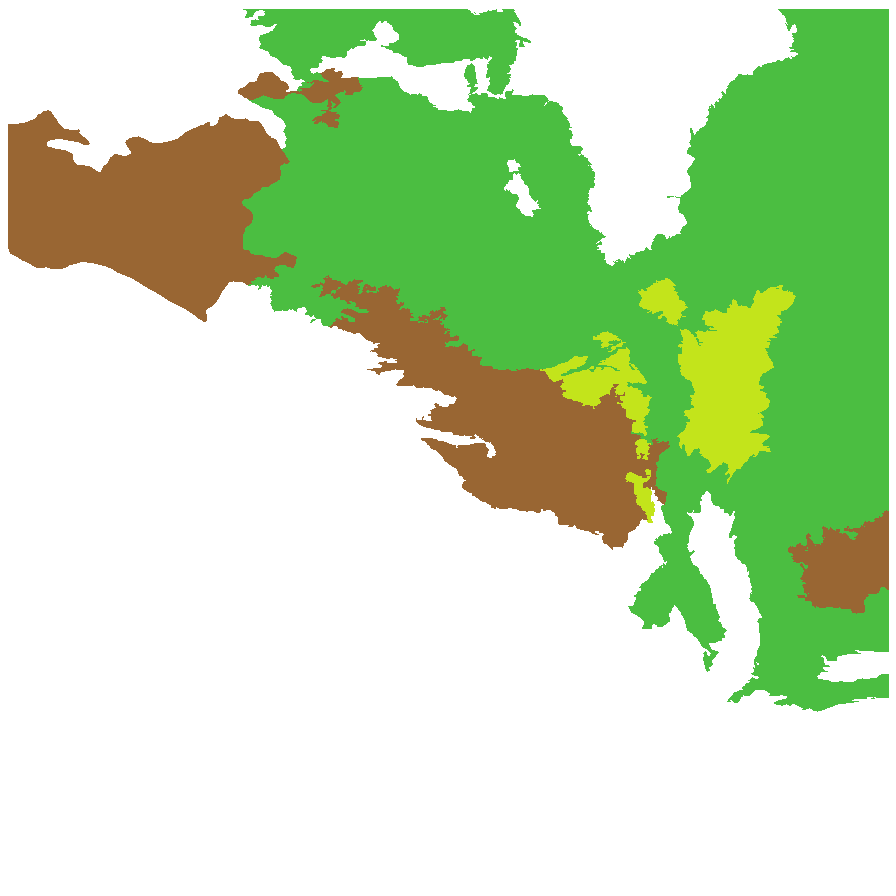
Least concern
Near threatened
Rare
Vulnerable
Endangered
Critically endangered
Extinct
Data deficient
Adelaide
Arkaroola
Ceduna
Coober Pedy
Hawker
Innamincka
Marla
Marree
Mount Gambier
Oodnadatta
Renmark
Wudinna
Keith
Yunta
Display IBRA region text
| Olary Spur (FLB03) | Flinders Lofty Block | Least Concern [tolerates temporary flooding] |
| Southern Flinders (FLB04) | | Least Concern [tolerates temporary flooding] |
| Northern Flinders (FLB05) | | Near Threatened [limited habitat] |
| Central Flinders (FLB06) | | Near Threatened [limited habitat] |
| St Vincent (EYB02) | Eyre Yorke Block | Least Concern [tolerates temporary flooding] |
| South Olary Plain (MDD01) | Murray Darling Depression | Rare (IUCN: RA d(i,ii)) [could exist in dams; mostly unsuitable habitat] |
| Murray Mallee (MDD02) | | Data Deficient |
| Braemer (MDD07) | | Least Concern [tolerates temporary flooding] |
| Murray Scroll Belt (RIV06) | Riverina | Least Concern |
| Myall Plains (GAW01) | Gawler | Rare (IUCN: RA d(ii)) (Probable Decline) [edge of range] |
| Gawler Volcanics (GAW02) | | Rare (IUCN: RA d(ii)) (Probable Decline) |
| Gawler Lakes (GAW03) | | Rare (IUCN: RA d(ii)) (Probable Decline) [limited habitat] |
| Arcoona Plateau (GAW04) | | Near Threatened |
| Kingoonya (GAW05) | | Rare (IUCN: RA d(ii)) (Probable Decline) |
| Torrens (GAW06) | | Least Concern |
| Roxby (GAW07) | | Least Concern |
| Commonwealth Hill (GAW08) | | Least Concern |
| Maralinga (GVD03) | Great Victoria Desert | Rare (IUCN: RA d(ii)) |
| Tallaringa (GVD05) | | Least Concern |
| Barrier Range (BHC01) | Broken Hill Complex | Least Concern [tolerates temporary flooding] |
| Barrier Range Outwash (BHC04) | | Least Concern [tolerates temporary flooding] |
| Bimbowrie (BHC05) | | Least Concern [tolerates temporary flooding] |
| Curnamona (BHC06) | | Least Concern [tolerates temporary flooding] |
| Warriner (SSD04) | Simpson Strzelecki Dunefields | Least Concern |
| Strzelecki Desert (SSD05) | | Least Concern |
| Breakaways (STP01) | Stony Plains | Least Concern |
| Oodnadatta (STP02) | | Least Concern |
| Murnpeowie (STP03) | | Least Concern |
| Witjira (STP06) | | Least Concern |
| Baltana (STP07) | | Least Concern |
| Sturt Stony Desert (CHC02) | Channel Country | Least Concern |
| Coongie (CHC06) | | Least Concern |
| Lake Pure (CHC07) | | Least Concern |
| Everard Block (CER03) | Central Ranges | Rare (IUCN: RA d(ii)) |
| Tieyon (FIN03) | Finke | Least Concern |
| 4 of 6 subregions | Flinders Lofty Block | Least Concern , Near Threatened |
| St Vincent (EYB02) | Eyre Yorke Block | Least Concern [tolerates temporary flooding] |
| 3 of 6 subregions | Murray Darling Depression | Least Concern , Rare , Data Deficient |
| Murray Scroll Belt (RIV06) | Riverina | Least Concern |
| 8 of 8 subregions | Gawler | Least Concern , Near Threatened , Rare |
| 2 of 4 subregions | Great Victoria Desert | Least Concern , Rare |
| 4 of 4 subregions | Broken Hill Complex | Least Concern |
| 2 of 4 subregions | Simpson Strzelecki Dunefields | Least Concern |
| 5 of 7 subregions | Stony Plains | Least Concern |
| 3 of 4 subregions | Channel Country | Least Concern |
| Everard Block (CER03) | Central Ranges | Rare (IUCN: RA d(ii)) |
| Tieyon (FIN03) | Finke | Least Concern |
Botanical art
Kath Alcock paintings: 4
Prior names
Rhagodia nitrariacea
Etymology
Chenopodium from the Greek 'chen' meaning goose and 'pod' meaning foot, referring to the shape of the leaves in some species. Nitrariaceum meaning resemblance to the genus Nitraria.
Distribution and status
Found across north-eastern South Australia growing on heavy alluvial soils, chiefly by the Murray River and its associated floodplains. Also found in all mainland States. Native. Common in South Australia. Common in the other States.
Herbarium regions: North Western, Lake Eyre, Gairdner-Torrens, Flinders Ranges, Eastern, Eyre Peninsula, Northern Lofty, Murray, Yorke Peninsula, Southern Lofty, Green Adelaide
NRM regions: Adelaide and Mount Lofty Ranges, Alinytjara Wilurara, Eyre Peninsula, Northern and Yorke, South Australian Arid Lands, South Australian Murray-Darling Basin
AVH map: SA distribution map (external link)
Plant description
Divaricately branched spinescent shrub to 2 m high. Leaves alternate, frequently clustered, spathulate to linear, to 5 cm long and 5 mm wide, sparsely covered with collapsed vesicular hairs. Inflorescence a terminal spinescent panicle to 15 cm long or reduced to a short spike. Flowers polygamous, clustered. Flowering between March and October. Fruits are pale brown spike with each fruit enveloped by the dry perianth, dry. Pericarp membranous, white, free, pubescent above. Seeds are red-brown depressed-globular reniform to 1.2 mm diameter. Seed embryo type is peripheral.
Seed collection and propagation
Collect seeds between July and February. Collect fruit-heads that are maturing, turning pale brown firm black seeds inside. Place the fruits-heads in a tray and leave to dry for one to two weeks. Then gently rub the fruits with your fingers or a rubber bung to dislodge the seeds. Use a sieve to seperate the unwanted material. Store the seeds with a desiccant such as dried silica beads or dry rice, in an air tight container in a cool and dry place. Seed viability is usually high.
| Location | No. of seeds
(weight grams) | Number
of plants | Date
collected | Collection number
Collection location | Date
stored | % Viability | Storage
temperature | | BGA | 5,800 (1.83 g) | 30+ | 7-Feb-2013 | DJD2661
Murray | 27-Feb-2014 | 88% | -18°C |
Location: BGA — the seeds are stored at the Adelaide Botanic Gardens, MSB — the seeds are stored at the Millennium Seed Bank, Kew, England.
Number of plants: This is the number of plants from which the seeds were collected.
Collection location: The Herbarium of South Australia's region name.
% Viability: Percentage of filled healthy seeds determined by a cut test or x-ray.
Germination table:
Display

















